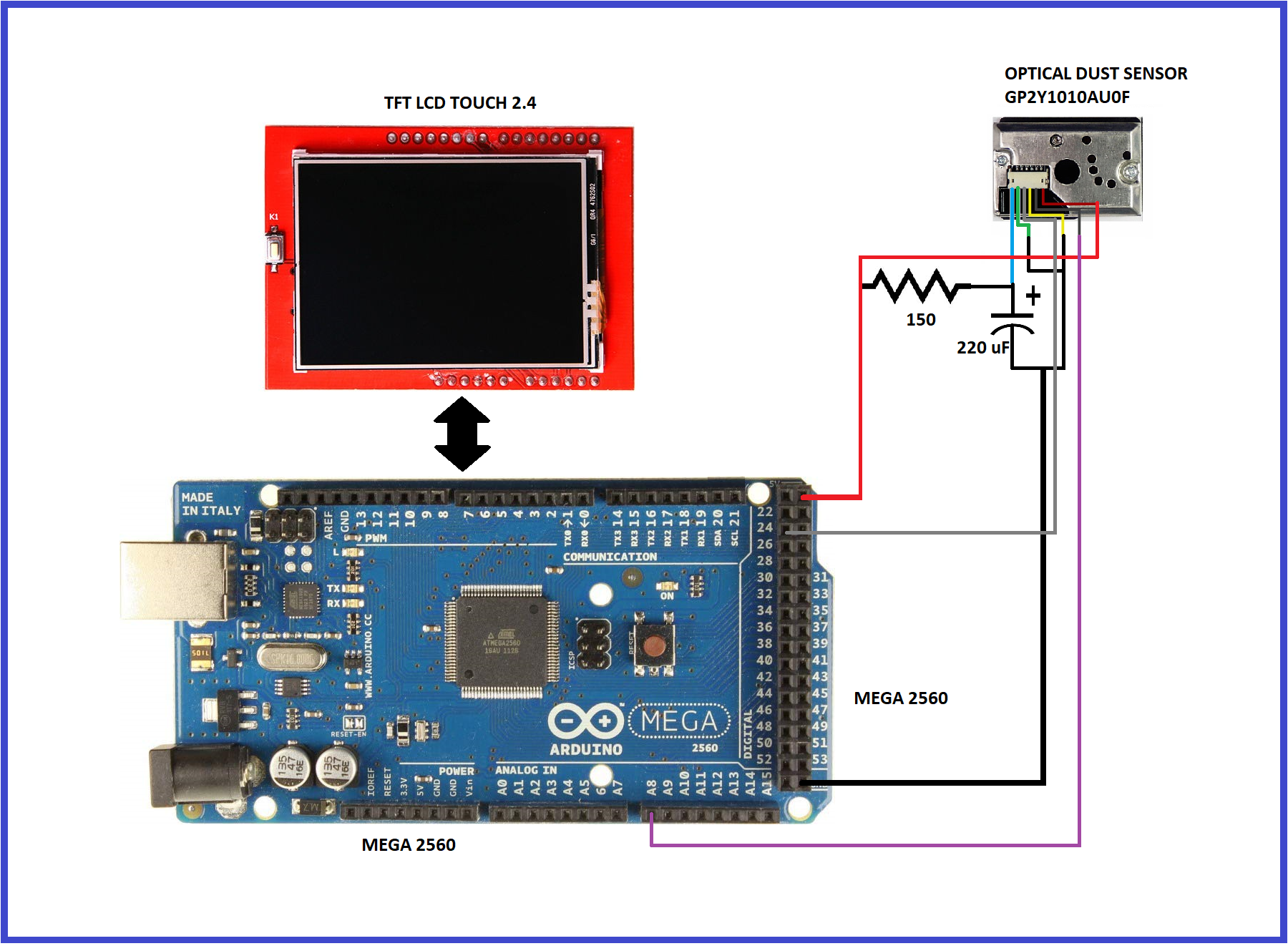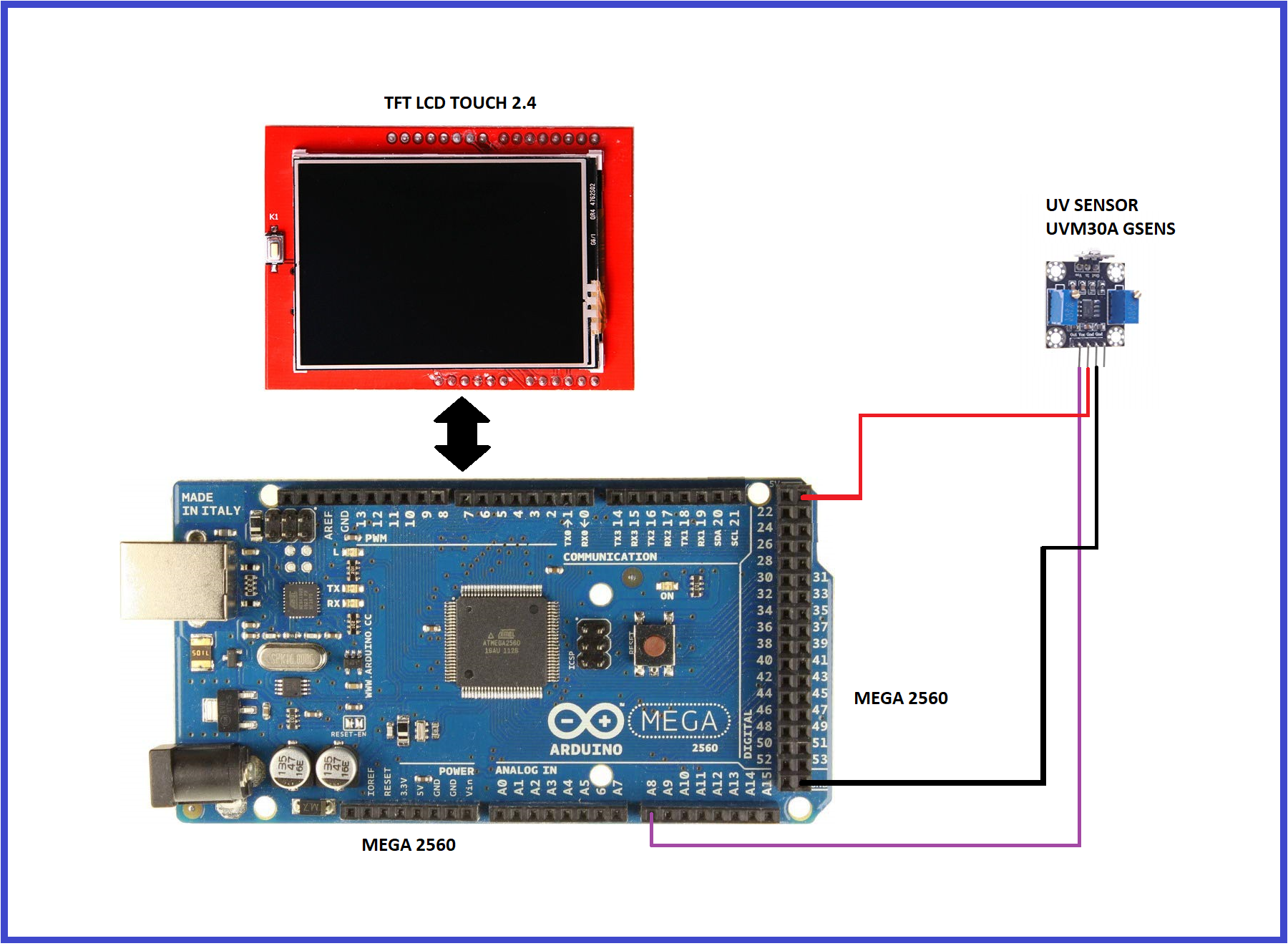What about allergies? Allergies, are a number of conditions caused by hypersensitivity of the immune system to typically harmless substances in the environment. These diseases include hay fever, food allergies, atopic dermatitis, allergic asthma, and anaphylaxis. Symptoms may include red eyes, an itchy rash, sneezing, a runny nose, shortness of breath, or swelling. https://en.wikipedia.org/wiki/Allergy
Mystery of the allergies that strike only during menopause: Experts report rise in women developing hay fever, eczema, asthma and crippling food intolerances in the middle age. https://www.dailymail.co.uk/femail/article-5992159/Experts-report-rise-women-developing-hay-fever-asthma-food-intolerance-middle-age.html
Goals:
Development of the following systems to prevent allergies in women with menopause:
- 1 --> System for Monitoring Dust Mites.
- 2 --> System for Monitoring Sun Radiation.
- 3 --> Allergies and Food Intolerances App.
House dust mites are mites found in association with dust in dwellings. The mite's gut contains potent digestive enzymes that persist in their feces and are major inducers of allergic reactions such as wheezing. The mite's exoskeleton can also contribute to allergic reactions. Severe dust mite infestation in the home has been linked to atopic dermatitis and epidermal barrier damage has been documented. House dust mites are associated with allergic rhinitis and asthma, as well as allergic conjunctivitis.
Hardware
Below I show you the electrical diagram of the system for measuring dust mites in the house, and also the image of the assembled device.
How does it work?
a) The Sharp GP2Y1010AU0F sensor is especially effective in detecting very fine dust particles in the air, up to 0.5 microns, and is frequently used to detect air quality in air purification systems or in air conditioning systems. This optical detection sensor is internally composed of an infrared emitting diode (IRED) and a phototransistor, placed diagonally in such a way that they are capable of detecting light reflections on dust particles in the air. Datasheet: https://www.sparkfun.com/datasheets/Sensors/gp2y1010au_e.pdf
b) It's a very low consumption sensor, around 20mA, which can be powered with a voltage of up to 7VDC. The output is a linear voltage and proportional to the amount of dust detected. The sensitivity of the sensor is 0.5V per 0.1 mg / m³. To connect it to our Arduino, a 150Ω resistor and a 220µF capacitor must be added, forming a series RC circuit as a voltage divider, as can be seen in the following image.
c) The IRED of the GP2Y10 sensor that we have connected to the Arduino digital pin 24 remains active for 0.32ms, which is the sum of what the Vo output takes to stabilize in order to be read through the analog pin A0 (0.28ms), more the 0.04ms that the Vo output remains at its maximum value. Subsequently, the IRED remains deactivated for the next 9,680ms before repeating the control pulse sequence (10ms) of the IRED as shown below.
d) In the following table we can check the output voltage (in volts) according to the density of the powder (in mg / m³), which this SHARP sensor offers us.
e) In order to know the quality of the air at each moment we can orient ourselves by means of the following table, which is made with respect to the concentration of dust particles in parts per million (ppm) that are in the air:
Software
Note: A Beginner’s Guide to TFT LCD Displays with libraries by Arduino is here: https://electropeak.com/learn/absolute-beginners-guide-to-tft-lcd-displays-by-arduino/
Here I show you how this code works with Arduino IDE 1.8.9. In the following lines we see the calculations of Voltage, Density (mg x cm3) and concentration (ppm).
dust_mites_allergy.ino
Then, we do the concentration classification according to the air quality table.
Finally, we see the data calculated on the TFT screen.
Test
In the video below I show you the tests carried out
2. System for Monitoring Sun RadiationSun allergy is a term often used to describe a number of conditions in which an itchy red rash occurs on skin that has been exposed to sunlight. The most common form of sun allergy is polymorphic light eruption, also known as sun poisoning. Some people have a hereditary type of sun allergy. Others develop signs and symptoms only when triggered by another factor — such as a medication or skin exposure to plants such as wild parsnip or limes.
Hardware
In the figures below I show you the electrical diagram of the system for measuring ultraviolet radiation, and the assembled device.
How does it work?
a) In addition to the electromagnetic radiation that we humans are able to see, there are ranges with longer, infrared, and shorter, ultraviolet wavelengths, while the visible area is approximately in the range between 400 nm and 700 nm , the ultraviolet begins at 10 nm (extreme ultraviolet) and ends at 400 nm (UVA, long wave) where the visible part of the spectrum begins.
b) The ozone layer that surrounds the earth defends us from a good part of the most ionizing ultraviolet radiation that comes from the sun: the shortest wavelength, the "UVC rays", which are between 100 nm and 280 nm But there is still UVB, between 280 nm and 315 nm, also partly ionizing and UVB, between 315 nm and 400 nm, which is less aggressive. The UV index is a simple standard system to measure the ultraviolet radiation that comes from the sun to the earth that serves as an orientation to determine the potential health risk. The World Health Organization publishes a practical guide on the UV index in which it explains the health risks of ultraviolet radiation and proposes some protective measures depending on their intensity.
c) As the formula for calculating the UV index, which can be consulted in the practical guide on the UV index, is very complex to update the result frequently with a microcontroller, the module manufacturer provides a table with the output values with which they are reached the different levels of the UV index. Datasheet: https://www.wiltronics.com.au/wp-content/uploads/datasheets/ARD2-2062.pdf
Software
Here I show you how this code that works with Arduino IDE see 1.8.9. In the following lines we see the UV Index calculated from the analogical voltage and from the tables in the previous section.
sun_allergy.ino
Finally, we see the values calculated on the TFT screen.
Test
In the video below I show you the tests
3. Allergies and Food Intolerances AppThe human organism is a perfect example of autonomic work. Everyone works for everyone, trying to fill possible deficiencies if they suffer from a deficiency. Some systems are dedicated to general service. This is the case of the immune system related to the system capable of eliminating infections, poisonings or tumor cells without showing any symptoms. Detection, identification and removal of foreign substances works tirelessly. There are certain foods or food components that can cause adverse reactions, from small rashes caused by food intolerance to severe allergic reactions.
FOOD INTOLERANCE affects metabolism, but not the body's immune system. A good example is lactose intolerance, which occurs in certain people due to a lack of a digestive enzyme called lactase, which breaks down milk sugar, or gluten intolerance of cereals such as wheat. Adverse food intolerances are often confused with food allergies.
FOOD ALLERGY is a specific form of intolerance to a food or one of its components, which activates the immune system. An allergen (a food protein that causes adverse reactions in most people) causes a series of chain reactions in the immune system, including the production of antibodies or immunoglobulins.
Software
Note: You can download the project of this application developed with Android Studio version 3.5.3, in the download section, in the github Project repository: "Digital Solutions for Allergies", and in the folder: food_allergies.
Below I show you the main files of this project:
activity_main.xml
MainActivity.java
In the images below you can see how this android application would look. You can see that we started with a brief introduction. Additionally, you can enter your personal data and calculate: 1) Daily Caloric Intake, and 2) Body Mass Index.
Test
In the video below you can see the tests done with this application on an Android 9.0 device:
4. Conclusion and Recommendations- The GP2Y1010AU0F sensor was very useful for measuring dust mites; and when you get high values, then the following recommendations you should make: vacuum the house instead of sweeping it, use anti-dust mite covers or synthetic bedding, ensure that the bedroom is bright, avoid stuffed animals, cushions and other items that accumulate dust, ventilate the room several times a day, and use the heating or heat pump to dry the environment.
- Again we have shown that the measurement of ultraviolet radiation with the UVM30A sensor is very practical, now a woman with symptoms of sun allergy can monitor UV radiation and take precautions such as the following: avoid the sun during peak hours, avoid sudden exposure to lots of sunlight, wear sunglasses and protective clothing, use sunscreen, and avoid known triggers as certain substances on your skin.
- Finally, the "Menopause" Android App, has served to learn and remind us of the difference between food intolerances and food allergies. Additionally, women with menopause can control their diet and overweight, since this application can calculate their basal metabolic rate, and body mass index.


_wzec989qrF.jpg?auto=compress%2Cformat&w=48&h=48&fit=fill&bg=ffffff)








Comments
Please log in or sign up to comment.